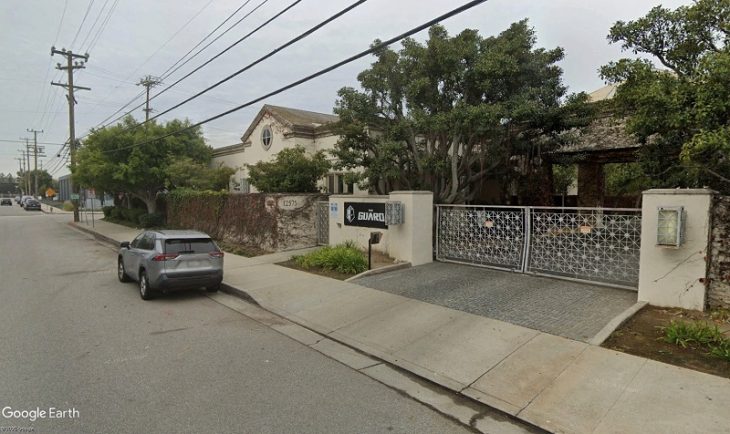Household pests can come in many forms, shapes, and sizes. Some of these unwanted creatures can simply be an annoyance; their very sight can cause anxiety or disgust. However, other pests can pose risks to your health or even threaten to damage your home. Termites fall into this latter category. If termites have taken up residence in your home, they can slowly eat away at the building materials of your house, increasing the risk of structural damage. This can result not only in costly repairs but can also lead to injuries to you or family members. A prompt response is required to eliminate these insects from your home. Luckily, there are some actions you can take to make this happen.
A Description of Termites
Termites are tiny white insects that thrive in moist, warm environments. They also live in huge colonies and can spread quickly. These insects are skilled at hiding and staying out of your sight for long periods of time. Often, you will not spot a termite; rather, you will see signs of their presence. These unwanted creatures eat wood, going from the middle of a piece of wood outward, creating tunnels.
Look for Signs of Termites
One of the biggest concerns about termites is that any home is appealing to them. It does not matter if your house is new or whether it is large or small—these insects can see your place as the perfect place to live and eat. The first step you need to take is to identify the signs that you have a problem with this insect on your property. One of the first clues you may have is that you spot termite droppings or discarded wings. Swarming termites will shed their wings just before nesting. You may spot these inside your home or outside. Also, be on the lookout for termite droppings, which may be the same color as wood or like salt and pepper. Other signs may include seeing piles of sawdust by walls, hearing clicking noises in the walls, or noticing that the walls sound hollow.
Cut Back on the Wood Chips Outside Your Home
Woods chips and mulch can be an attractive feature to your garden or flowerbeds. Unfortunately, these can also be common places for termites to hide. If you reduce the amount of wood chips in these areas, you will discourage the arrival of more termites. You do not necessarily have to get rid of all your chips and mulch; just be more conservative with how much you are spreading. You can also keep these items farther away from the house.
Secure Woodpiles
You probably have noticed some homes that have woodpiles right up against the house. If you’ve done the same thing, move the wood today. These piles are perfect feeding stations for termites. If the wood is close to the house, these insects have more reason to take up shelter inside and then return again and again for meals. Keep the wood in a shed away from the structure or cover it tightly with a tarp.
Take Care of Cracks in the Home
Like other insects, it doesn’t take much space for a termite to make its way into your home. A tiny crack or opening is an inviting way inside. Inspect your home carefully and look for areas around the door and windows where termites might use as entry points. Seal these with caulk or other materials. You can also look at the foundation and identify places that need attention.
Keep Your Home Dry
Termites love humid environments. If your home is moist and humid, there is a greater chance that termites have become your tenants. Certain areas of your home are more likely to be humid. These include the attic, basement, and bathrooms. Make sure there is adequate ventilation throughout the home. Check for airflow problems and make corrections as necessary. A drier climate will discourage termites from setting up colonies in your house.
Keep Water Away
Termites need water to survive, just like any animal. Often, they will go to sources right outside your home and then return inside for more feeding. If you eliminate these nearby sources, you can also get rid of these pets. Repair leaky hose bibs on your home, or consider moving that waterfall feature farther away from your house. Identify any other concerning areas such as rain gutters and downspouts that may be pooling water near the foundation.
Taking these initial steps can put an end to the hassle and potential disaster of having termites. If these actions do not eliminate these pesky insects, you can get in touch with a professional termite exterminator in Los Angeles to inspect your home. Ignoring a termite problem can have disastrous results. Follow these guidelines, so you can keep your home safe and sound.























